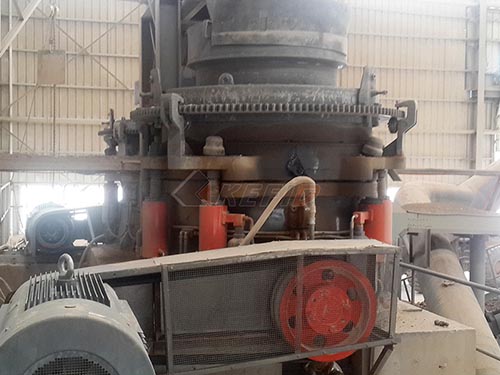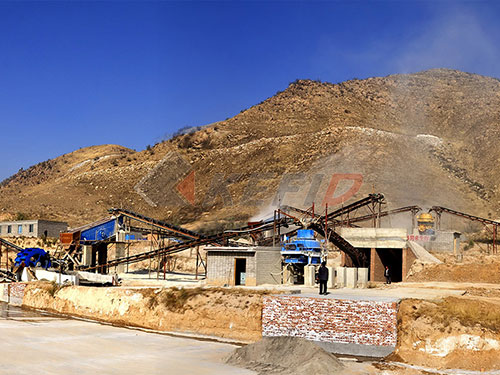Beyond the Bottle: How Crushed Recycled Glass is Revolutionizing Bunker Sand
The meticulously manicured fairways and challenging hazards of a golf course represent an enduring pursuit of perfection within nature’s embrace. Yet, this pursuit often comes with significant environmental footprints and operational costs. One area undergoing a quiet revolution lies beneath our feet – specifically within the gleaming white expanses of bunkers. Traditional silica sand has long been the standard filler for these hazards, prized for its drainage and playability. However, rising costs, supply chain uncertainties, environmental concerns related to mining virgin materials, and performance inconsistencies are driving superintendents and course architects towards innovative alternatives. Leading this charge is an unexpected contender: crushed recycled glass.
Once destined for landfills or requiring energy-intensive remelting into new containers or fiberglass, post-consumer glass bottles and jars are finding a remarkable second life as high-performance bunker sand. This transformation isn’t merely greenwashing; it represents a sophisticated convergence of sustainability goals with demonstrable performance advantages that are reshaping bunker construction and maintenance philosophies worldwide.

The Genesis: From Waste Stream to Fairway Feature
The journey begins far from the first tee box – at recycling facilities where mountains of discarded glass are sorted by color (primarily flint/clear). After contaminants like lids or labels are removed through rigorous cleaning processes involving magnets and optical sorters, the clean cullet undergoes crushing and grinding using specialized equipment designed to produce consistent angular particles free of sharp edges or dust hazards.
This processing is crucial. Unlike simple shards dumped into a bunker (an unsafe and ineffective approach), professionally processed bunker-grade crushed glass undergoes multiple stages:
1. Primary Crushing: Breaking larger pieces into manageable fragments.
2. Screening: Removing undersized particles (fines) that impede drainage.
3. Secondary Crushing & Grinding: Achieving precise particle size distribution.
4. Edge Rounding/Tumbling: Utilizing mechanical tumbling processes like ball milling or specialized equipment designed specifically for aggregate rounding to eliminate any potential sharpness inherent in fractured glass.

5. Final Screening & Washing: Ensuring consistent sizing (typically targeting ranges similar to premium bunker sands – e.g., predominantly between 0.5mm and 2mm) and removing residual dust.
6. Quality Control: Rigorous testing confirms particle shape (angularity), size distribution (gradation), absence of contaminants (especially metals), pH neutrality (critical for turf health), color consistency (usually sparkling white or translucent

Leave a Reply